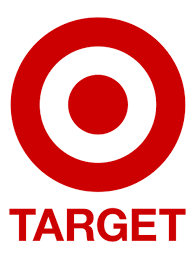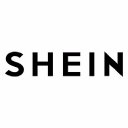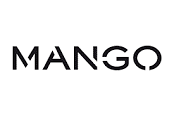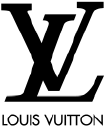Summary
to understand this market
Detailed content
 Inforamtion
Inforamtion
- Number of pages : 30 pages
- Format : Digital and PDF versions
- Last update : 01/09/2022
 Summary and extracts
Summary and extracts
1 Market overview
1.1 Definition and scope of the study
A handbag is a fashion accessory that has a functional purpose (to store keys, a phone...) but is obviously also used to reveal one's personality and clothing style. If the handbag is mainly intended for women, more and more mixed models appear as the tote bag or the crossbag.
Handbags are characterized by :
- Their range and brand: luxury, high-end, mid-range, entry-level
- Their shape and size: tote bag, clutch, shoulder bag, bucket bag, etc.
- Material: leather, synthetic, textile, recycled material, etc.
The global handbag market is expected to grow at a steady pace, with an average annual growth rate of 5.8% until 2030.
In addition, new growth drivers are emerging, in particular the digitalization of the sector, the development of the second-hand market, as well as the growing attention of consumers to the eco-responsibility of the products they buy.
While the Covid-19 epidemic led to a drop in sales during containment, structural growth in the market appears solid. Major U.S. specialty players in the market include Coach, Michael Kors and Kate Spade. in addition to these, there are foreign specialist players, particularly European ones such as Louis Vuitton, Hermès and Gucci, not forgetting the ready-to-wear, accessories and shoe brands that often also offer handbags.
All these players are often manufacturers who distribute their products directly. However, handbags are also distributed in department stores, such as Bloomingdale's, supermarkets and hypermarkets, as well as on the Internet by pure players, such as Asos.
1.2 The global market
Global Handbag Market Size World, ****-****, US$ billion TCAM ****-****: +*.* Source: ****
The global handbag market is valued at US$ **.* billion in ****. It is expected to grow steadily to reach US$**.* billion in ****, representing a CAGR of *.*% over the period.
Looking at the growth segments of the handbags market, we can see ...
1.3 The U.S. market is trying to recover from the crisis
US handbag sales by value in billion US$, United States, ****-**** Source: ****
US handbag sales in volume in billion units sold, United States, ****-**** Source: Travel Goods Association Handbag market sales have been particularly sensitive to the various crises. Indeed, after the ****-**** crisis, sales fell by **.*% in value between **** and ...
1.4 Foreign trade in handbags
Trade Balance united States, ****-****, in billions of US$ and in % Source: UN Comtrade With the use of the following codes: ******, Cases and containers; handbags (***), with outer surface of leather or of composition leather ******, Cases and containers; handbags (***), with outer surface of sheeting of plastics or of textile materials ******, Cases and ...
2 Analysis of the demand
2.1 Demand and its determinants
Handbag consumers
The majority of handbag consumers are women, and there is a certain correlation between the increase in the proportion of working women and the growth in sales of luxury bags: since they have greater purchasing power, they redirect their income towards luxury purchases, rather than towards lower ranges.[***]
However, ...
2.2 Americans are very interested in designer handbags
A strong interest in luxury and affordable handbags
Google Trends analysis - **/**/****
When we look at the top ten topics associated with the term "handbag" in Google searches of the last ** months in the USA, we see that * of them refer to luxury brands or to the terms "brand" and " ...
2.3 Second hand, a new way of consuming handbags
Second hand market
Second-hand market in the United States uS$ billion, United States, ****-**** Source: ****
Secondhand is becoming increasingly important in the way younger generations consume. The second-hand market grew at a record pace in **** with an increase of **% to reach US$** billion.
The U.S. used clothing market will reach ...
3 Market structure
3.1 Forces at work
Vertical integration of the value chain: a new market trend
More and more luxury brands are embarking on vertical integration of their supply chains. Vertical integration is a strategy that allows a company to control its value chain by integrating new activities with its production activity. This can be achieved through ...
3.2 Handbag production in the United States
Number of employees in the US apparel manufacturing industry in thousands, ****-****, United States Source: ****
Handbag manufacturing, like apparel manufacturing, has fewer and fewer employees and production units.
Number of firms manufacturing women's handbags by number of employees Number of firms, U.S., **** Source: ****
The majority of handbag firms have fewer ...
3.3 Distribution
The distribution of handbags is managed in * main types of actors:
Own brands that distribute online and physical : luxury brands through their own stores: Louis Vuitton, Gucci... fast fashion brands: H&M, Primark, Zara... handbag specialist brands: Kate Spade, Michael Kors...
Multi-brand distributors: physical and online generalists department stores: Macy's, Nordstrom, ...
3.4 Is the acceleration of online distribution coming to an end?
Online retail market share of apparel, footwear and accessories as % of total sales, United States, ****-**** source: Statista
In ****, online sales of fashion items accounted for **.**% of total sales in the US. The Statista Digital Market Outlook for online sales predicts a decline: in **** the estimated market share is **.**%.
Ranking of ...
4 Analysis of the offer
4.1 Typology of the handbag offer
The handbag market can be divided into several segments, depending on the range, the model or the material used.
The different product lines are as follows:
Luxury handbags : these are handbags made with quality materials (***) and according to advanced processes. Luxury handbags can be found between ***€ and several thousand euros.for ...
4.2 Handbag prices
As mentioned in the previous section, handbag prices vary depending on many factors such as the brand, the type of product or the material used.
4.3 Trends in handbag supply
More responsible bags
In response to consumers who are increasingly eager to respect ethical values and adopt more responsible and environmentally conscious consumption, bag brands are offering a range of more eco-responsible products:
vegan leather bags: pineapple leather, solvent-free vegan leather, etc. luxury bags that are increasingly moving towards eco-design bags ...
5 Regulation
5.1 Current regulations
Textile, Wool, Fur, Clothing and Leather Issues
Federal law requires that most textile and wool products be labeled with the fiber content, country of origin, and the identity of the manufacturer or other company responsible for marketing or handling the product.
For fur, labels must include the name of the animal, ...
6 Positioning of the actors
6.1 Segmentation of actors
- LVMH Groupe
- Kering
- Target
- Walmart
- H&M Groupe
- Michael Kors
- Shein
- Inditex groupe (Zara)
- Mango
- Louis Vuitton Malletier
- Chanel
- Chloé
- Le Tanneur
- Lacoste Groupe
- Lancaster Maroquinier
- Longchamp
- Hermès International
- eBay
- Vestiaire Collective
- Asos
- MACY's
- Vinted
- The Real Real Inc. Company
- Bloomingdale's
 List of charts
List of charts
- Size of the global handbag market
- Handbag sales in the USA, by value
- US handbag sales by volume
- Trade balance
- Top supplying countries for handbags
All our studies are available online in PDF format
Take a look at an example of our research on another market!
Latest news
Companies quoted in this study
This study contains a complete overview of the companies in the market, with the latest figures and news for each company. :
 Choosing this study means :
Choosing this study means :
Access to more than 35 hours of work
Our studies are the result of over 35 hours of research and analysis. Using our studies allows you to devote more time and added value to your projects.
Benefit from 6 years' experience and over 1,500 industry reports already produced
Our expertise enables us to produce comprehensive studies in all sectors, including niche and emerging markets.
Our know-how and methodology enable us to produce reports that offer unique value for money.
Access to several thousand articles and paid-for data
Businesscoot has access to all the paid economic press as well as exclusive databases to carry out its market research (over 30,000 articles and private sources).
To enhance our research, our analysts also use web indicators (semrush, trends, etc.) to identify market trends and company strategies. (Consult our paying sources)
Guaranteed support after your purchase
A team dedicated to after-sales service, to guarantee you a high level of satisfaction. +44 238 097 0676
A digital format designed for our users
Not only do you have access to a PDF, but also to a digital version designed for our customers. This version gives you access to sources, data in Excel format and graphics. The content of the study can therefore be easily retrieved and adapted for your specific needs.
 Our offers :
Our offers :
the handbag market | United States
- What are the figures on the size and growth of the market?
- What is driving the growth of the market and its evolution?
- What is the positioning of companies in the value chain?
- Data from several dozen databases
5 reports pack (-15%) USA United States
- 5 reports at €75.6 excluding VAT per study to choose from our American catalogue for 12 months
- Save 15% on additional studies purchased
- Choose to be refunded any unused credit at the end of the 12-month period (duration of the pack)
See the terms and conditions of the pack and the refund of unused credit.
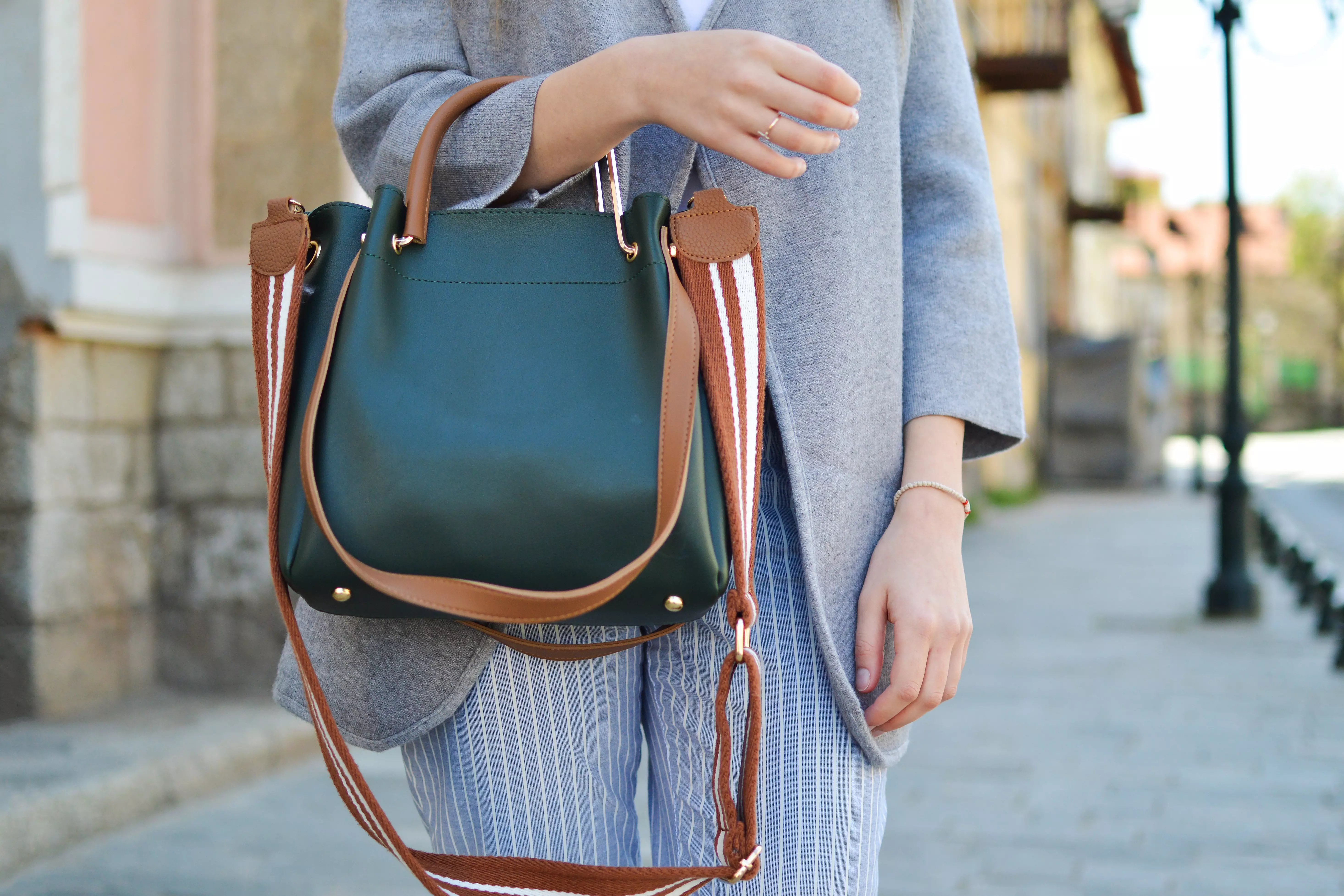




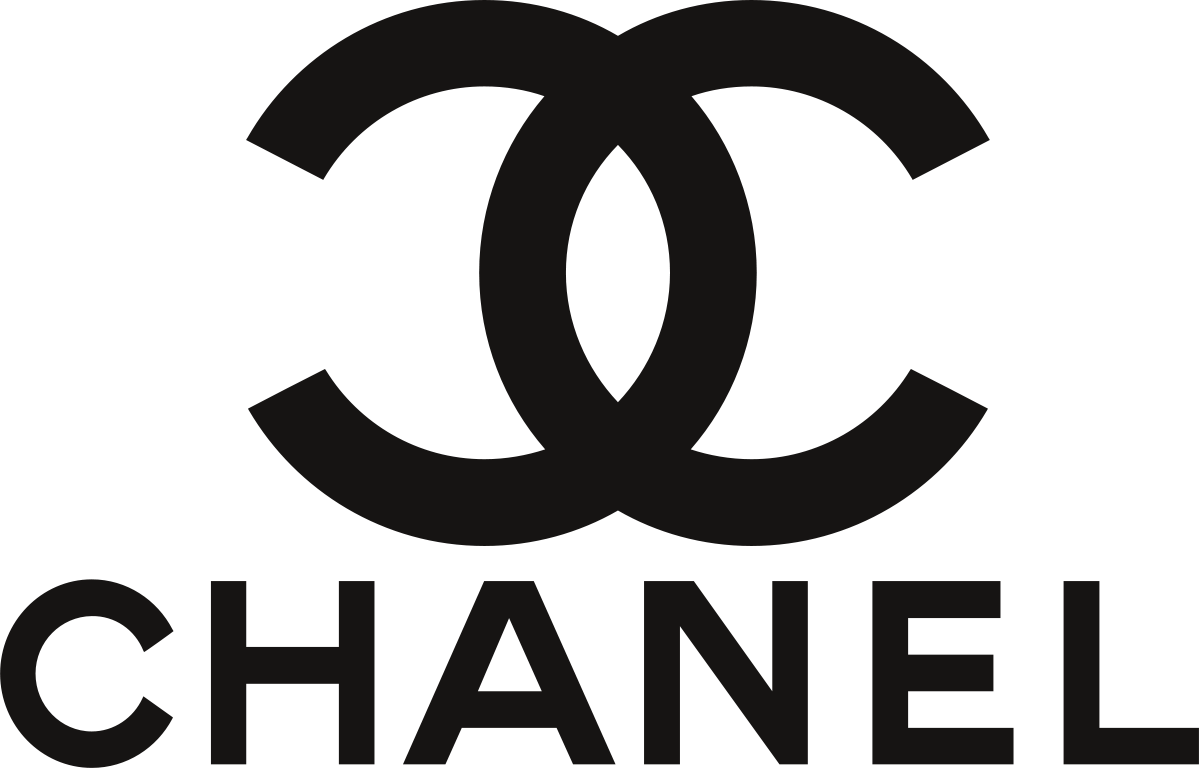 Chanel invests in Italy again: new joint for Gensi Group - 29/02/2024
Chanel invests in Italy again: new joint for Gensi Group - 29/02/2024
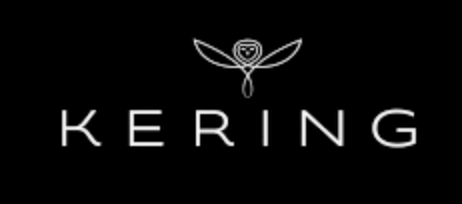 Gucci: a challenge for Kering - 08/01/2024
Gucci: a challenge for Kering - 08/01/2024
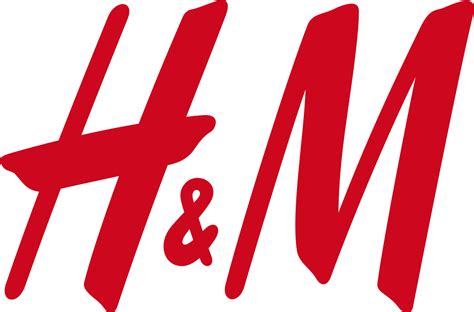 Host and Primark: The nightmare continues for H&M, overtaken by Shein - 15/12/2023
Host and Primark: The nightmare continues for H&M, overtaken by Shein - 15/12/2023
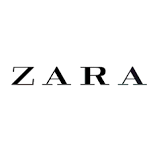 Five things you need to know about Inditex, the owner of Zara stores - 17/09/2023
Five things you need to know about Inditex, the owner of Zara stores - 17/09/2023

